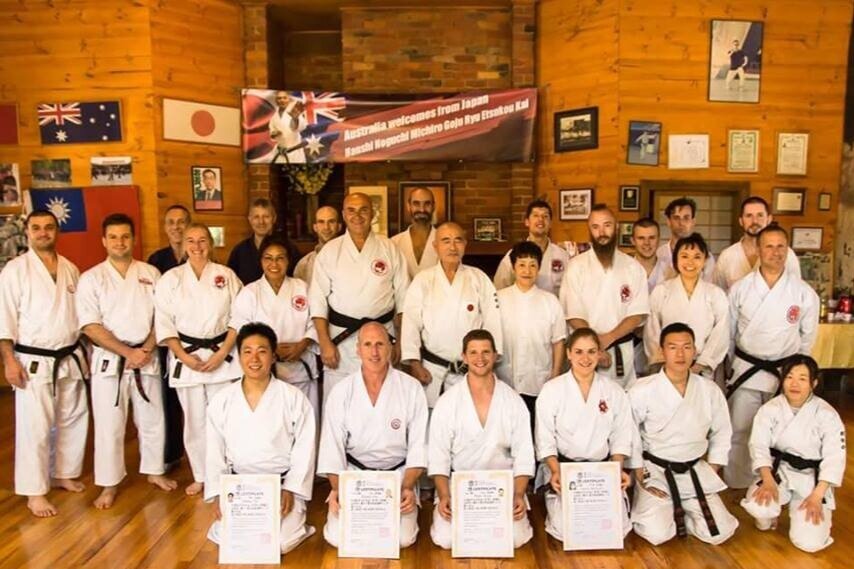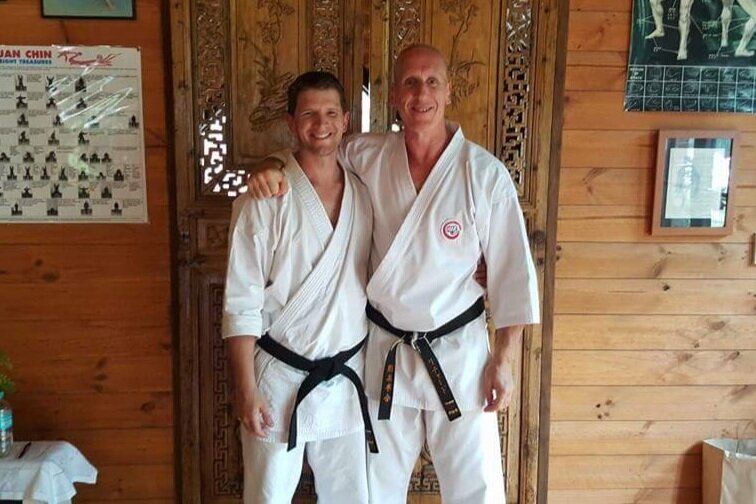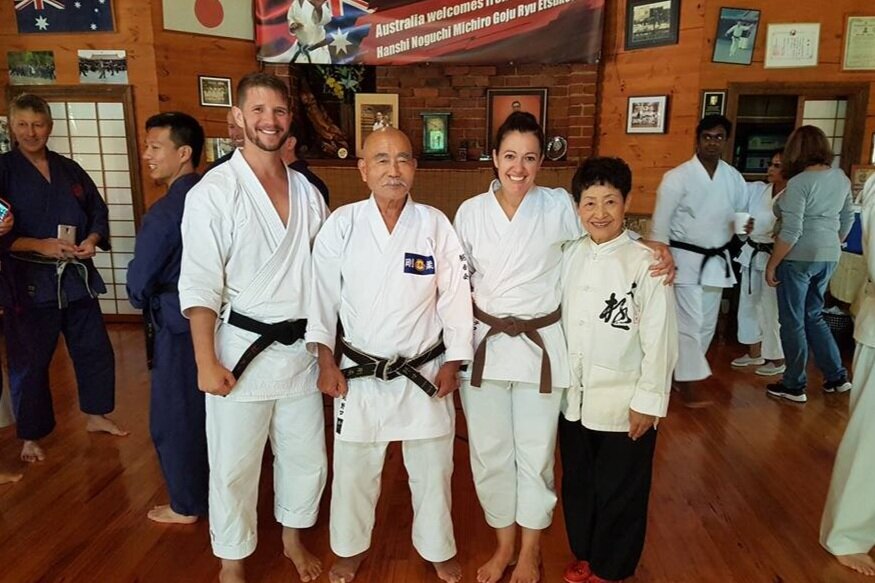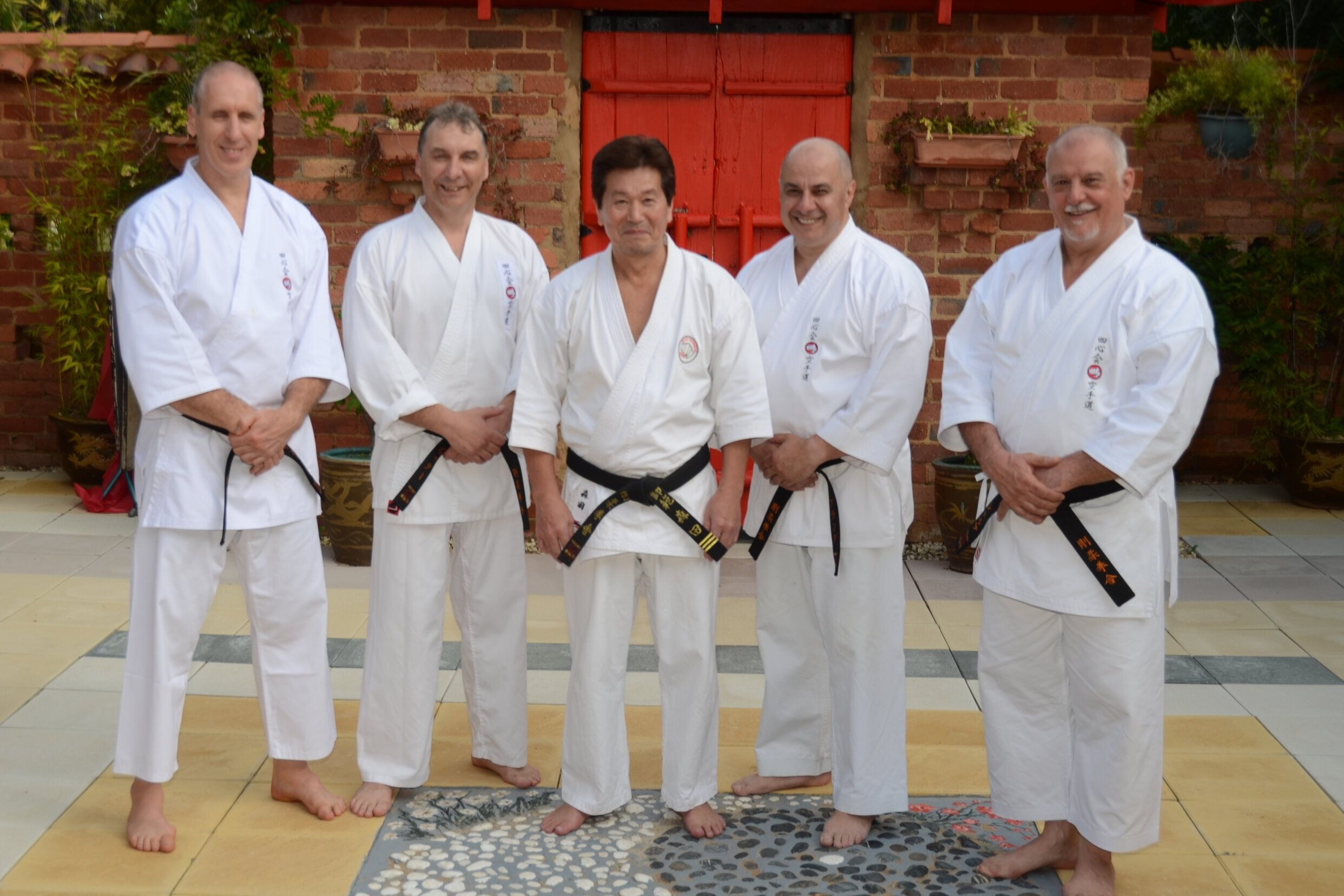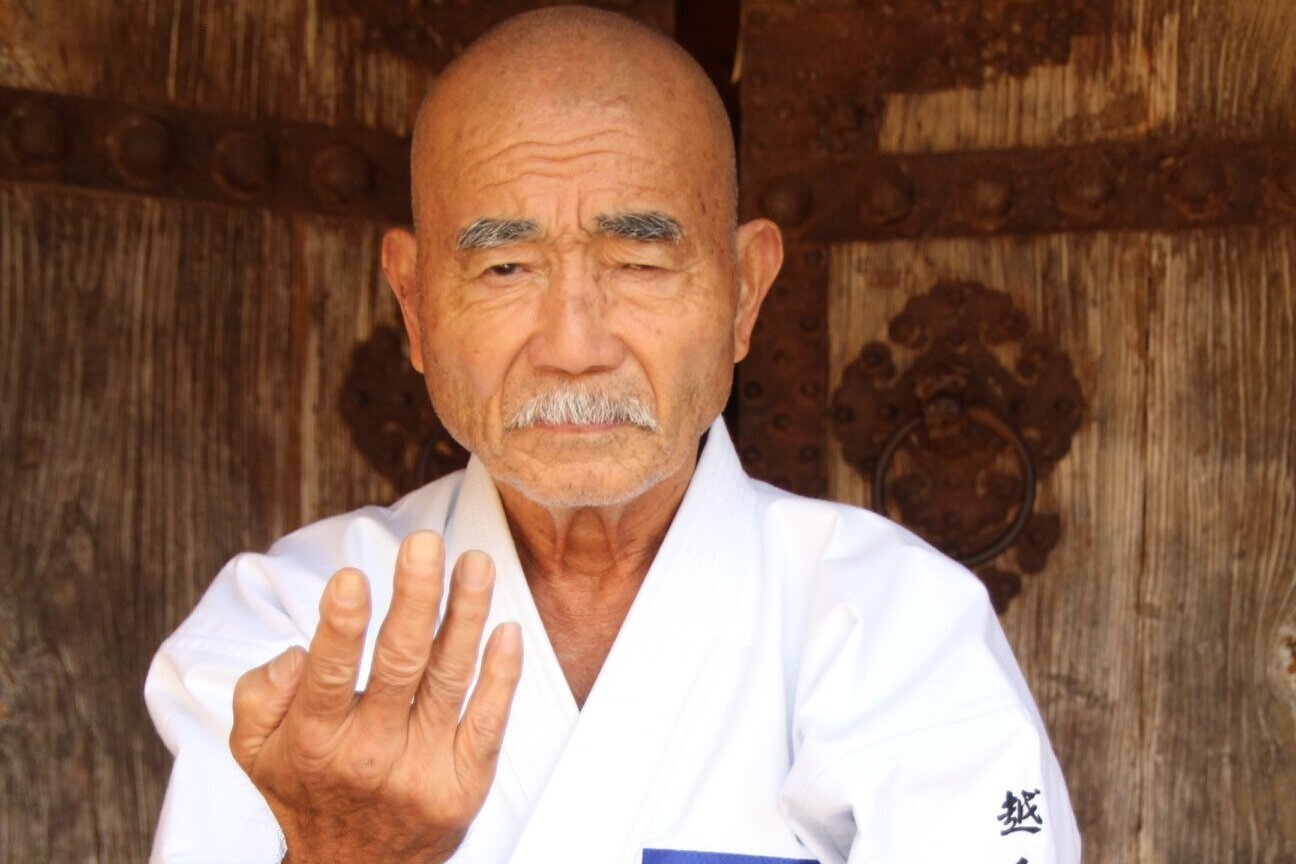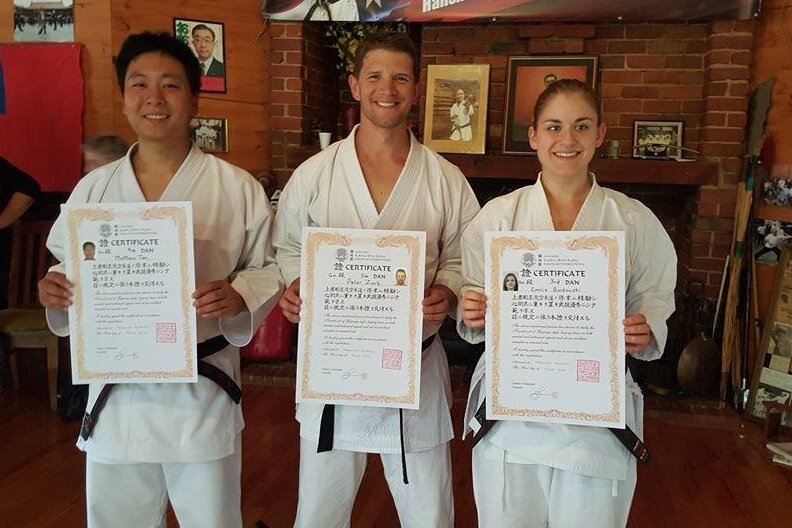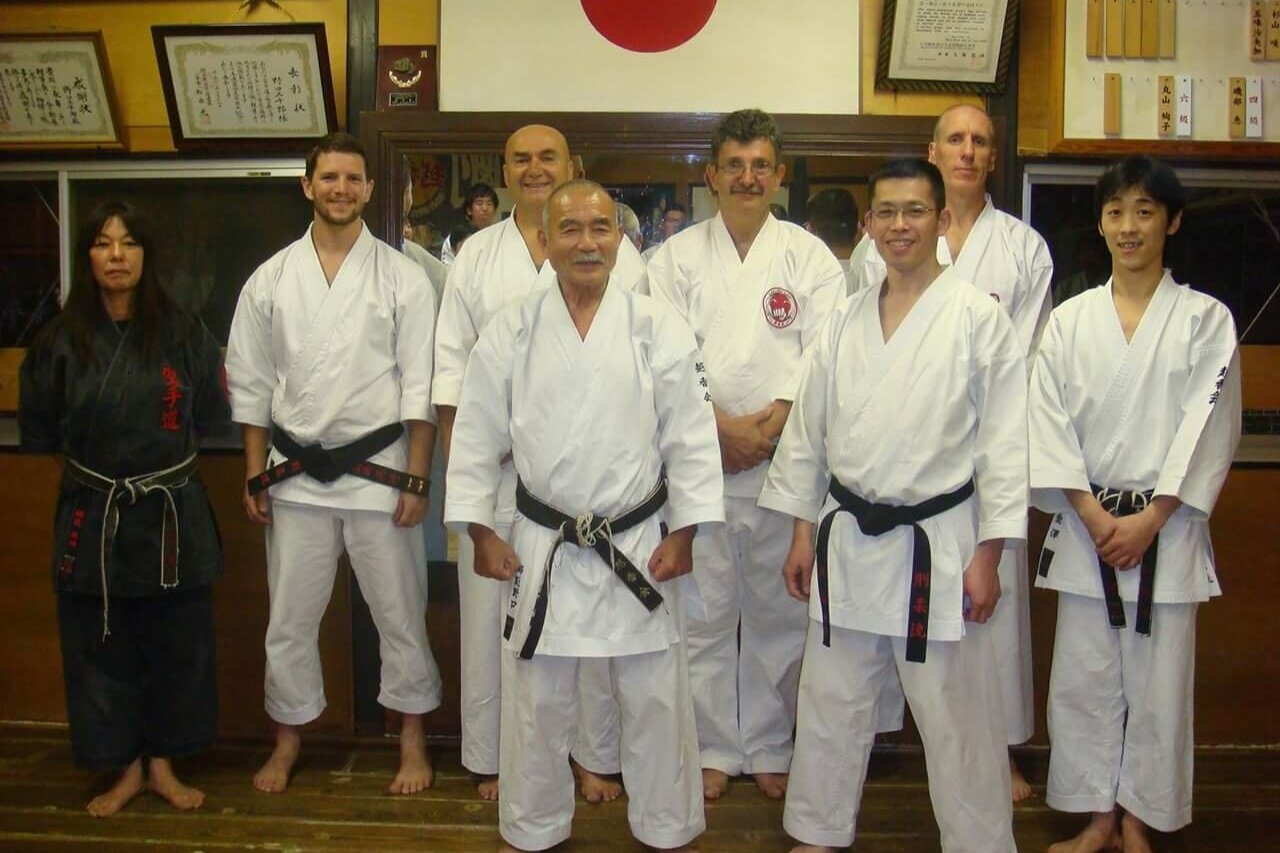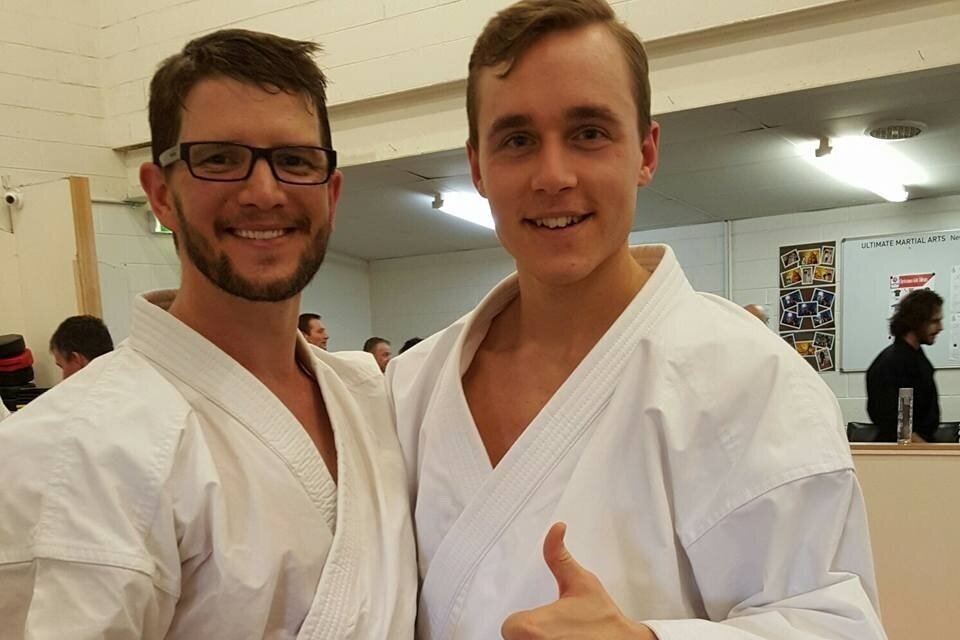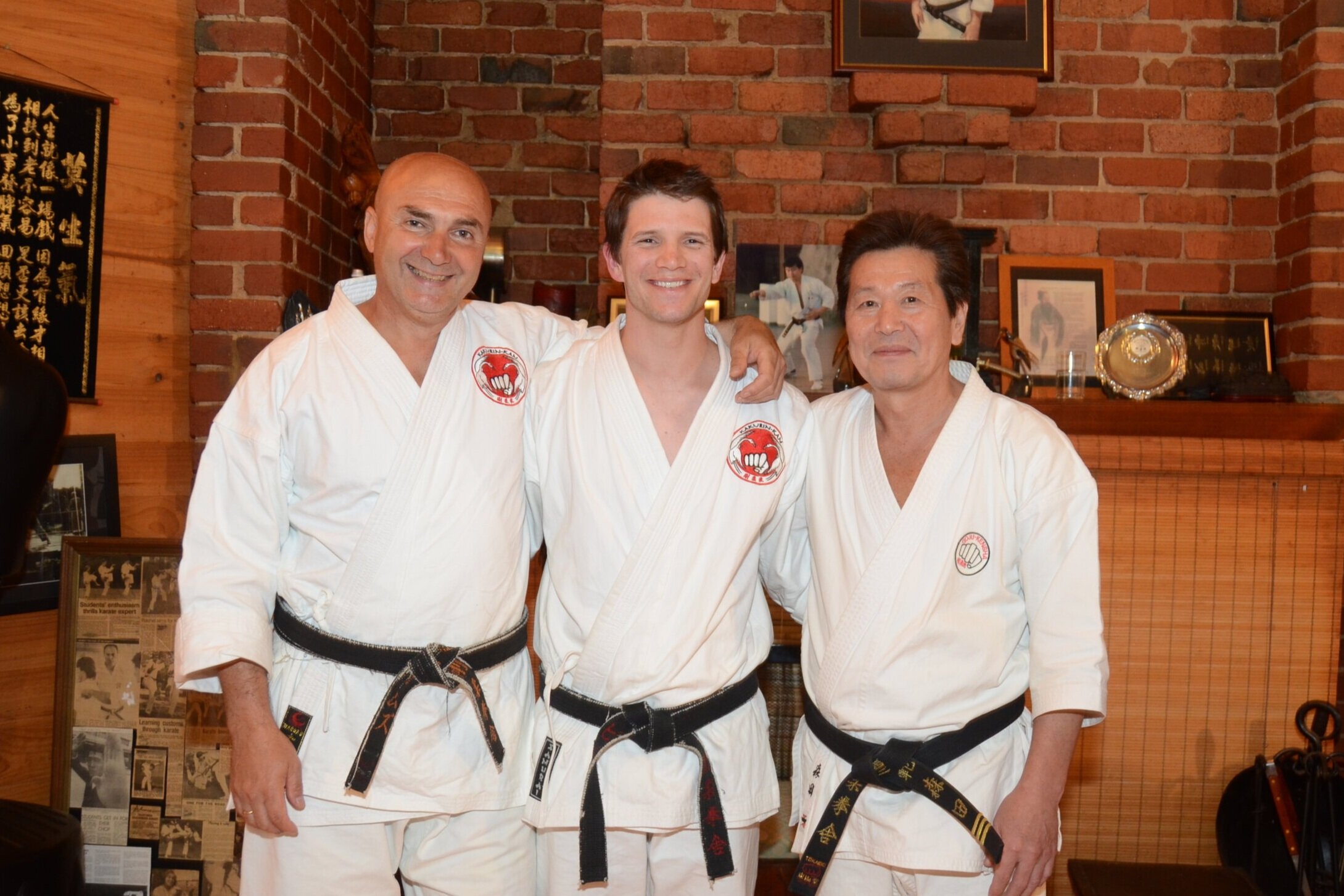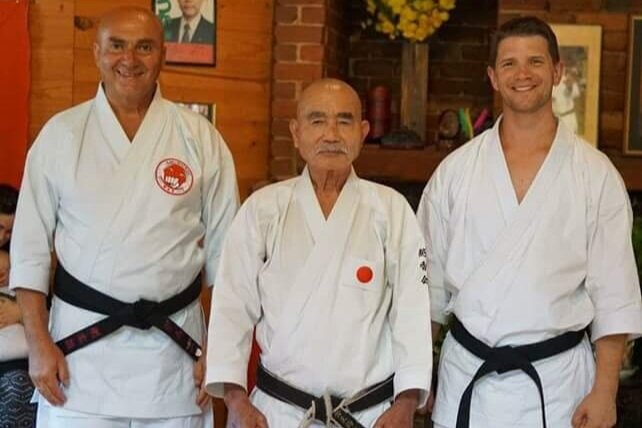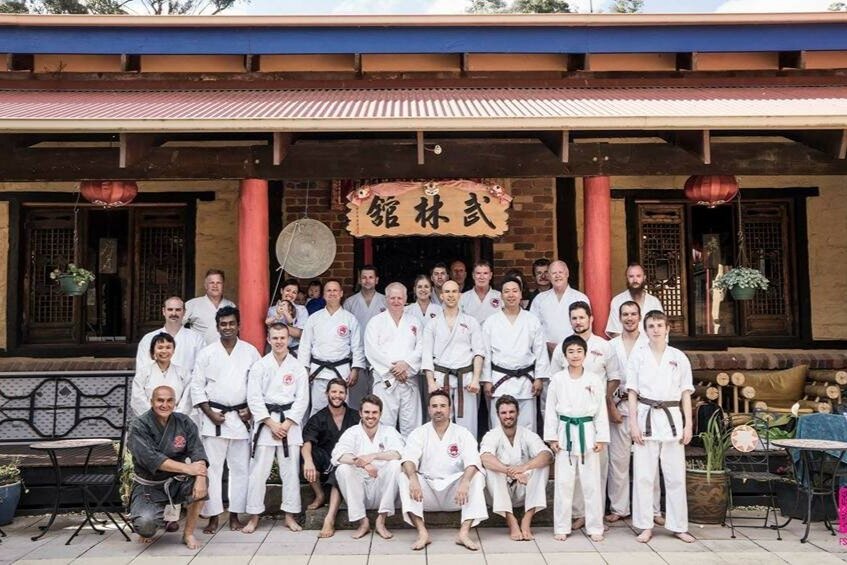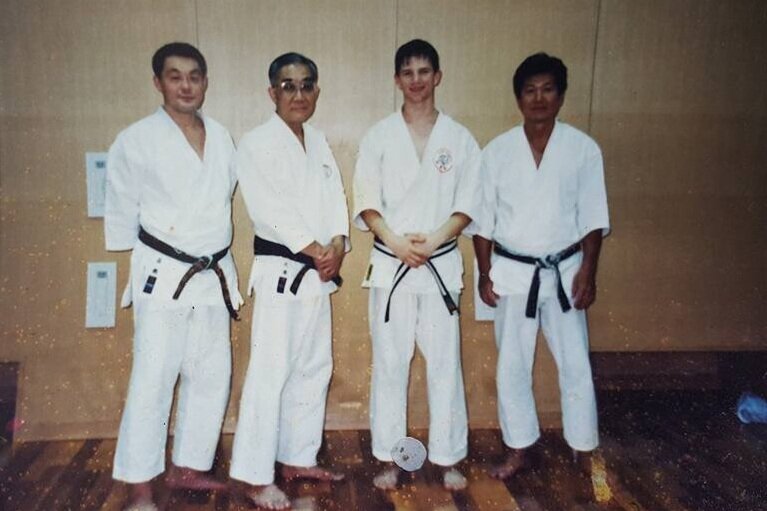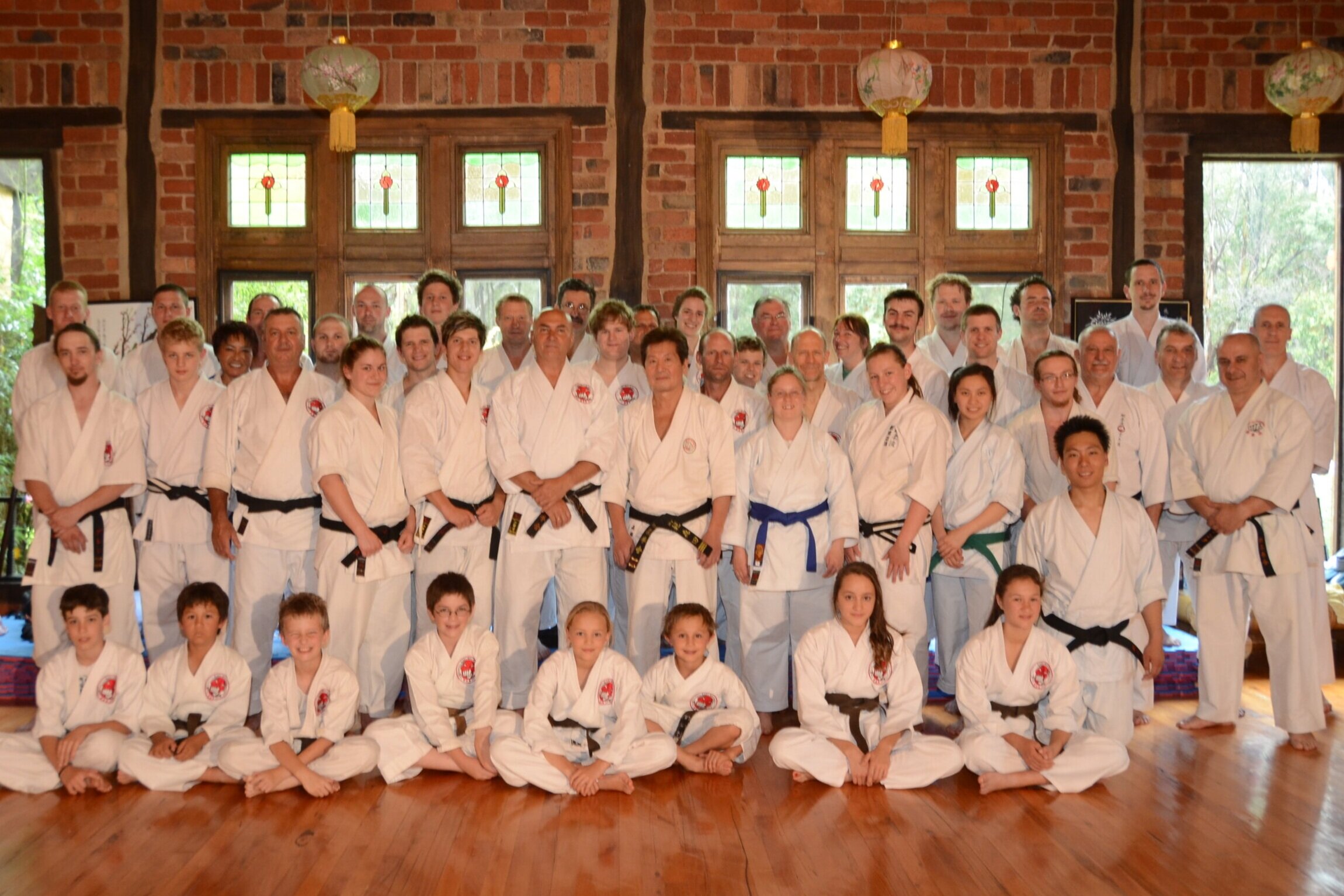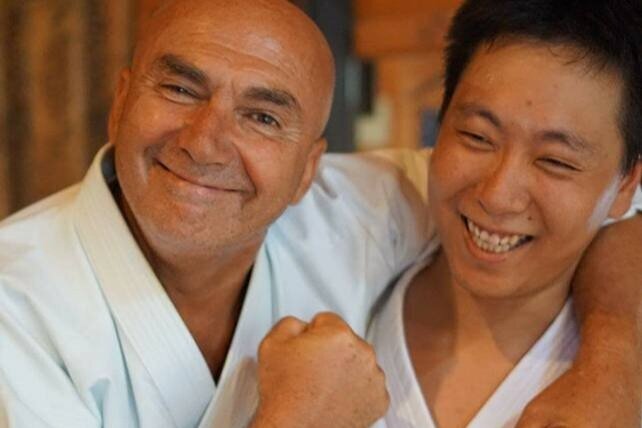Goju Ryu Karate-do
A [breif] History lesson
The best way to describe karate is to picture a great big tree. The trunk of the tree grows up from Okinawa, its roots shoot out towards China, and its branches reach out to the world from Japan.
Karate originated from the Ryukyu archipelago kingdom of Japan (now Okinawa) and was based on the indigenous martial arts of the islands. The Ryukyu were a trading hub for many countries who ultimately influenced the direction of the local combat arts.
Chojun Miyagi is attributed as the founder of Goju Ryu Karate. Originally named for the city of its origin, the style known as Naha-te would undergo a name change in 1929. Miyagi took the name from a line of the poem Hakku Kenpo, which roughly means “The Eight Laws of the Fist” and describes the eight precepts of the martial arts. It reads: “Ho wa Gōjū wa Donto su”, translated to “The way of inhaling and exhaling is softness and hardness," or "everything in the universe inhales soft and exhales hard.”
Karate was initially called toudi, meaning China Hand/Fist. This reinforces the massive influence of Chinese martial arts on the island. This name evolved when it was exported to mainland Japan in the early 20th century. The word karate-do (“the way of the empty hand”) was chosen in order to emphasise not only its primarily barehanded nature, but also, to stress its moral significance; “kara” also refers to the “lack of all aggressive intention” and evokes the Zen experience of “emptiness”. If karate is not practiced in its traditional guise as an art of defence and a school of personal betterment, “karate”, detached from “do”, can easily degenerate into a dangerous form of boxing.
Fun Fact…
One of Goju Ryu Karate’s primary influences is Southern Chinese White Crane Boxing. According to oral tradition, this style was developed by Fang Qiniang, a female martial artist. The Fujian fighting system is most recognisable by the way the fighter imitates a bird's pecking or flapping of wings.
Form and function of Karate Community
Kata are a choreography of attack and defence. They are a sequence of techniques in kinetic flow trains of self-protection against an imaginary attacker- a mnemonic template. The purpose of kata is to engrave pre-set body moves into our unconsciousness. Kata are also a vehicle transmitting the essence of a style or school (ryu).
Classical Goju Ryu karate has twelve forms. Many people exclaim that our kata look a little different from other “goju ryu” organisations worldwide and they are correct.
Ohtsuka Tadahiko O’sensei, Goju Kensha Karate Do Japan.
Through his extensive research into the origins and influences of karate, our organisation’s founding principal, Ohtsuka Tadahiko sensei, made calculated modifications to forms while adding kata and kihon from other defensive art systems. This supplementation is aimed to improve our understanding of karate’s rich history and assure the continuing strength and vitality of our karate practitioners.
In his book, Winds of Tradition VOL 3 (1999), Hanshi James Sumarac warns of the dangers involved with creating or altering kata for one’s own sake, quoting “this type of innovation is safe only in the hands of a talented, [intelligent, well researched] and creative teacher, which I consider Ohtsuka Tadahiko to be”.
Our Keiko (training syllabus) includes intensive study in these systems:
Naha te; Goju Ryu and Aragaki Ryu
Shuri te; Shorin ryu
Hakutsuru ken; White Crane Chinese boxing
Nei Chia; Internal Chinese arts
Hanchi James Sumarac, Australian director Goju Ryu Kakurin Kan Karate Do, teaching on the beach.
KARATE COMMUNITY’S LINEAGE
Kanryo Higashionna (1853 – 1916)
Chojun Miyagi (1888 – 1953)
Seko Higa (1888 – 1966)
Kanki Izumikawa (1909 – 1967)
Sosui Ichikawa (1925 – 2005)
Tadahiko Ohtsuka (1940 – 2012)
Noguchi Michiro (1944 – )
James Sumarac (1954 – )
Peter Zarb (1982 – )
Master Noguchi Michiro, Director Goju Ryu Etsukoukai Karate Do, Japan.
Sensei Peter Zarb has had many influential karate instructors and students over the years who have helped guide him as a person and teacher.
Notable mentions include sensei trained by Hanshi James Sumarac:
David Zarb, father
Andrew Zarb, uncle
Rickard Kay
Manuel Carydis
and student of Tadahiko Ohtsuka Osensei:
Toshio Morita
